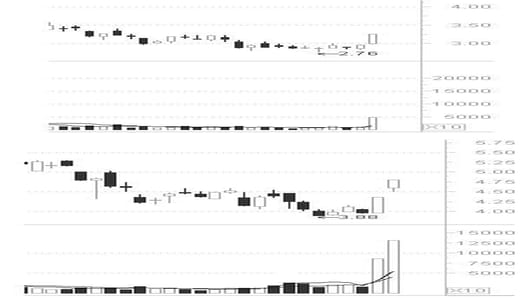Market volume is very significant in short-term trading. The relationship between price and volume provides a guide to the type of buying or selling activity that is developing. Over the next two weeks, Charting Asia presents a four-part special that looks into the price/volume dynamic.
We kick off by looking at the games traders play.
Traders and investors are constantly playing games in the market. Market volume is a record of such activities. Careful analysis of the relationship between price and volume tells us which game is in play. You keep score by calculating the difference between your entry price and your exit price. What games are out there?
Pump & Dump: This is where desperate individuals play bully with a small stock and use small volume trades to push up price. This price rise is irresistible to other traders and they buy in the hope the price rise will continue. They are tagged when the price manipulator pulls out of the market.
Hide and Seek: This is when an investor tries to build a large position in a stock without causing the price to rise.
Catch that Rally: This is when investors capture a short burst of activity in a fast moving rally that, if traded correctly, can deliver good short-term profits for low risk before the rally retreats or moves sideways.
Pass the Parcel: The game starts with volume based on rumor. The aim of this game is not to be left holding the stock when the rumor is either confirmed or dismissed in the market.
This column details the share manipulation game of Pump & Dump. Here, the manipulator buys a significant volume of shares. Others see the price movement and join the rally. The manipulator then sells to these new buyers and captures a quick profit. The price is 'pumped up' and then the shares are 'dumped' or sold to unsuspecting buyers.



